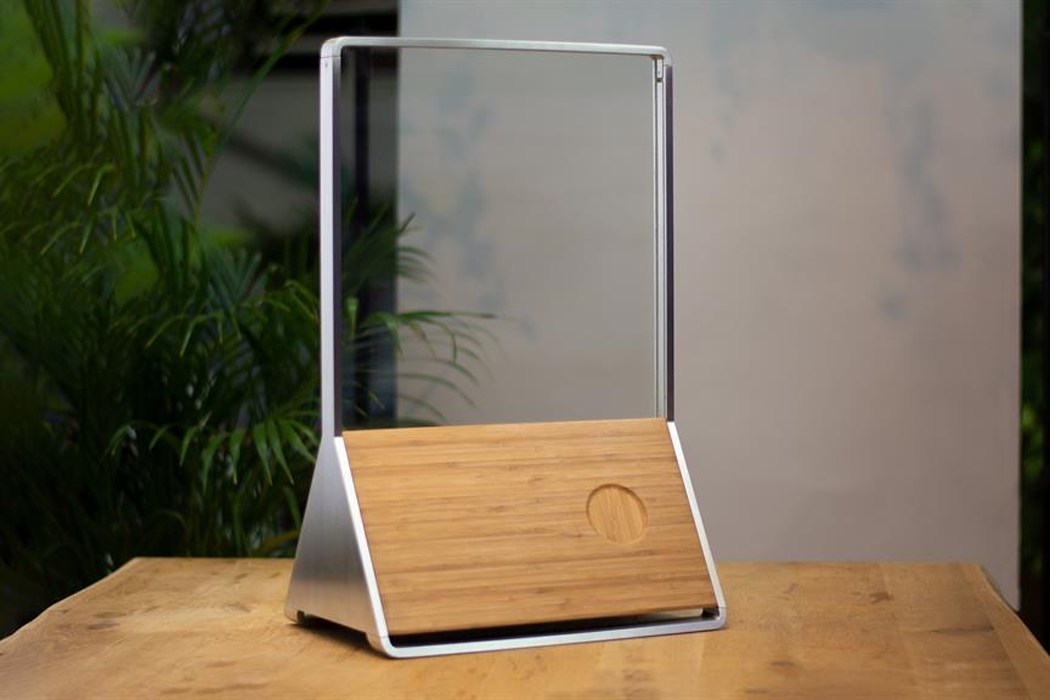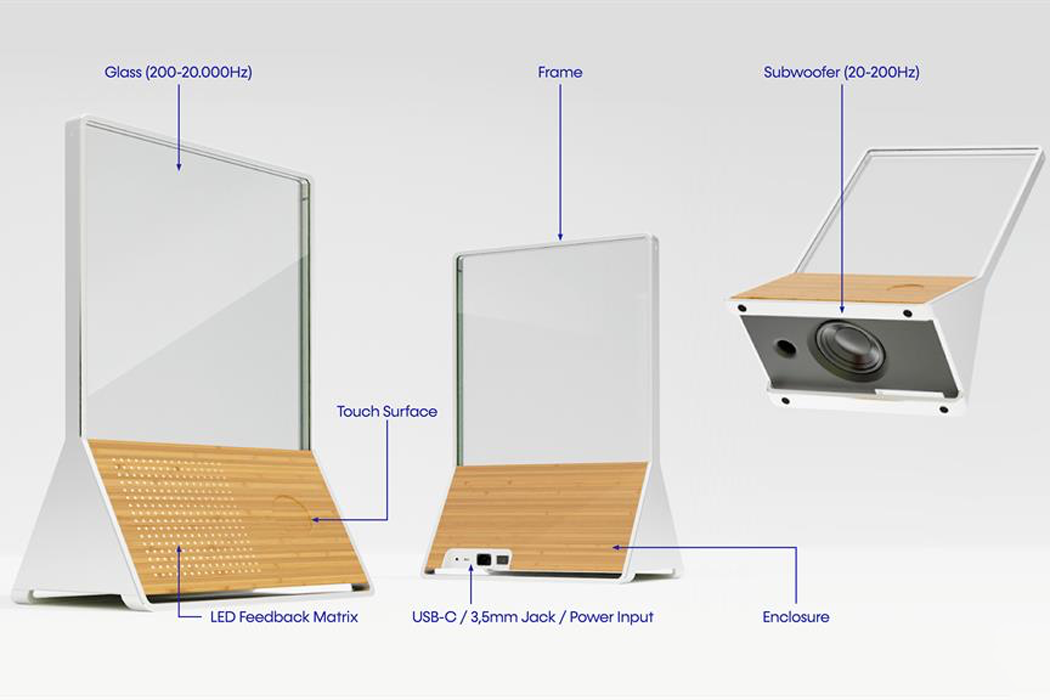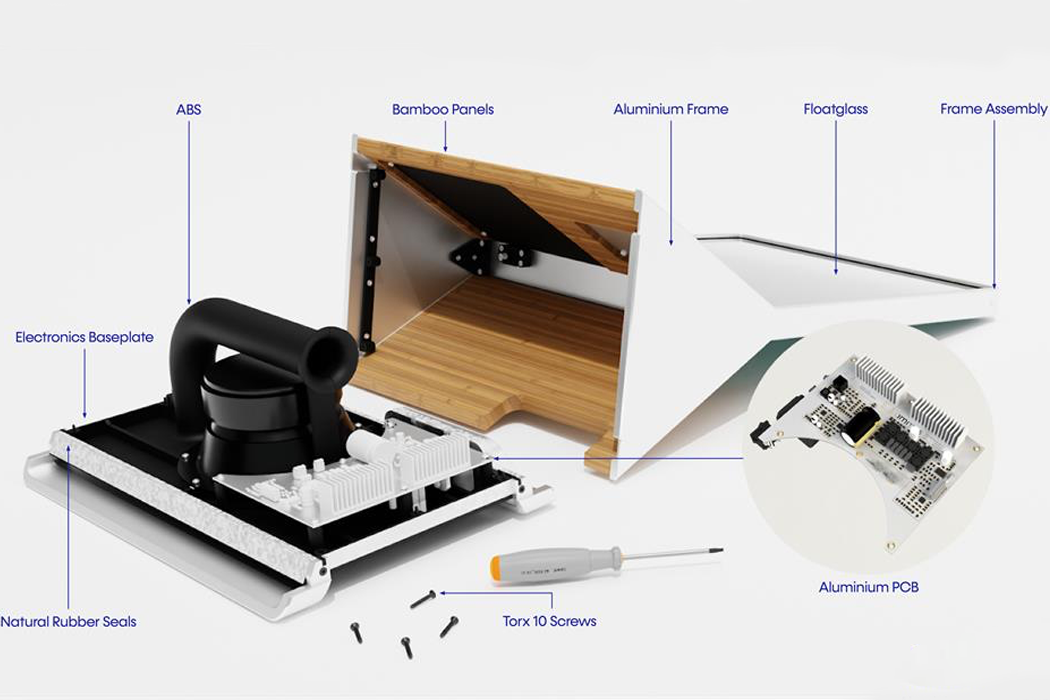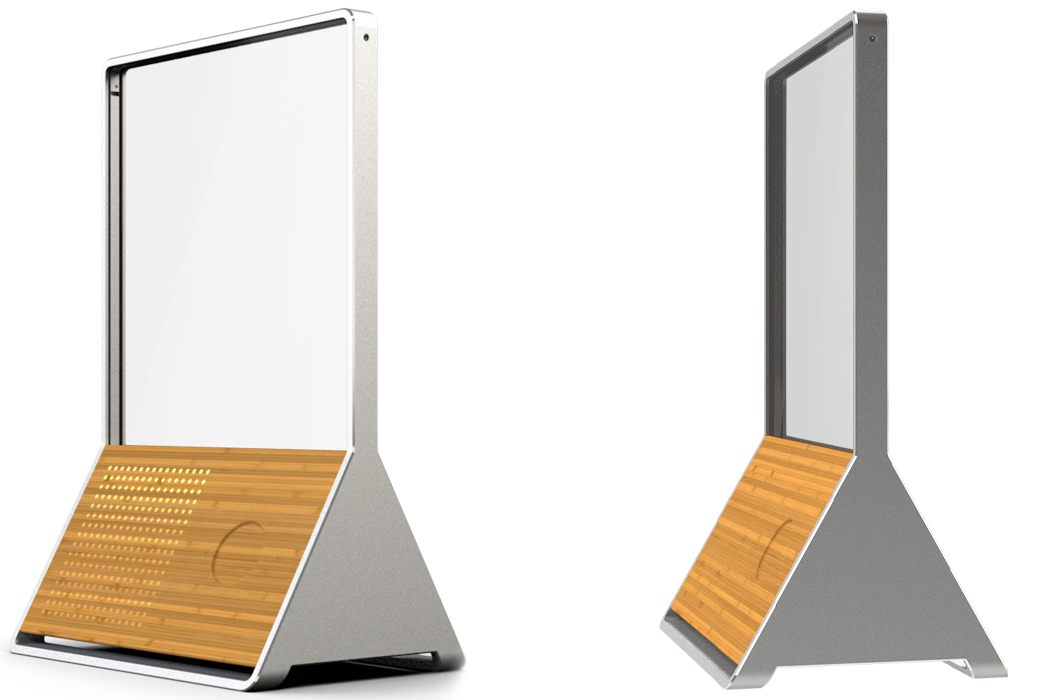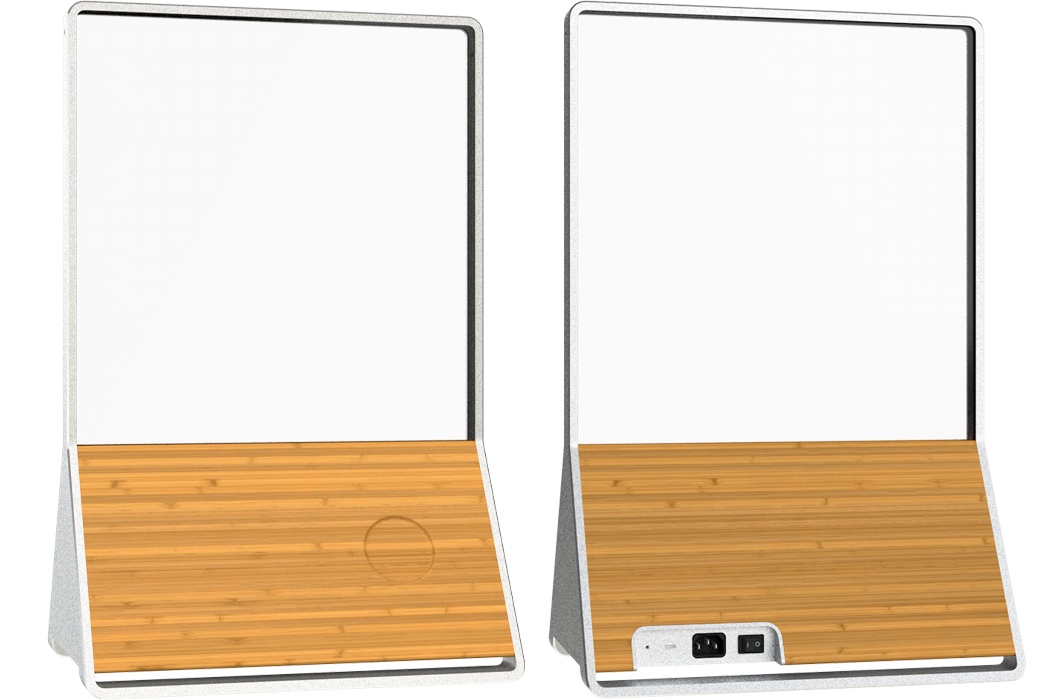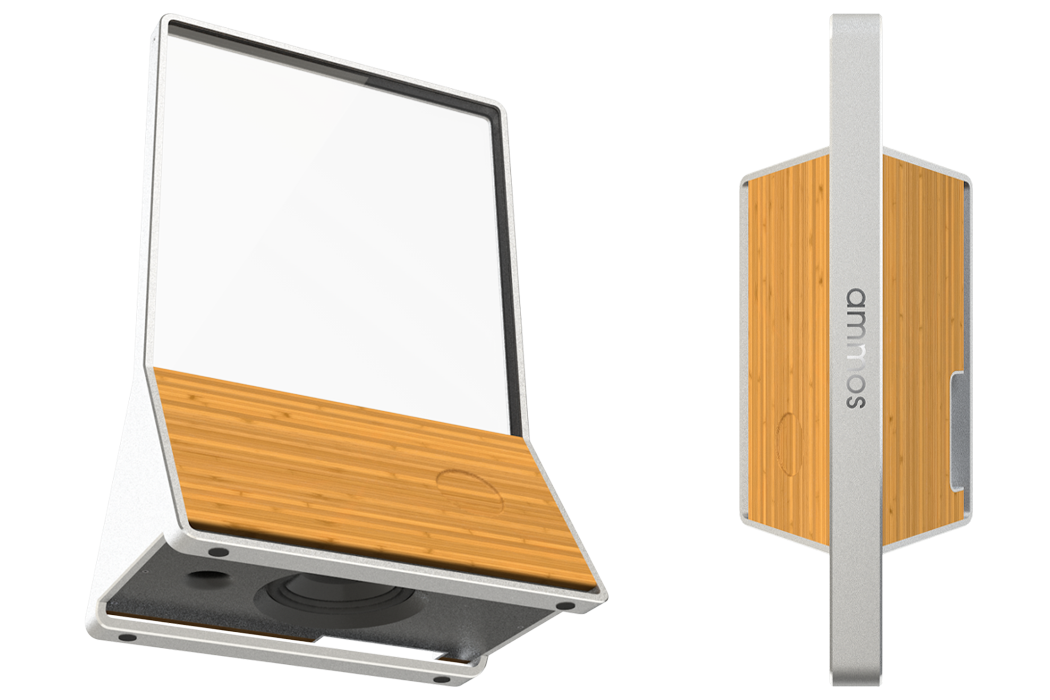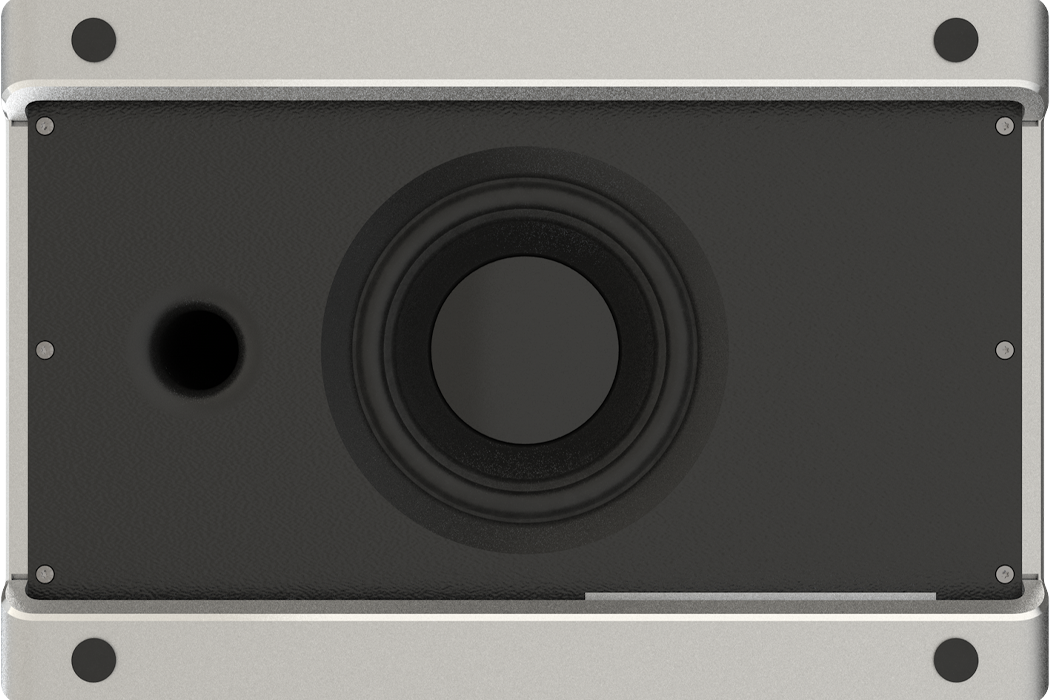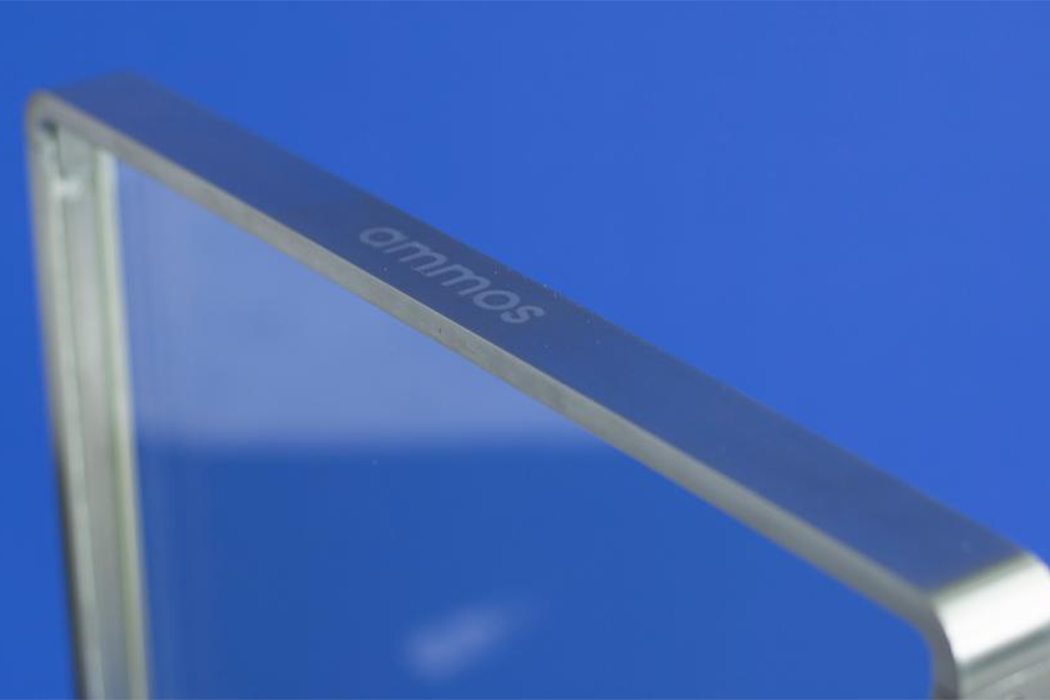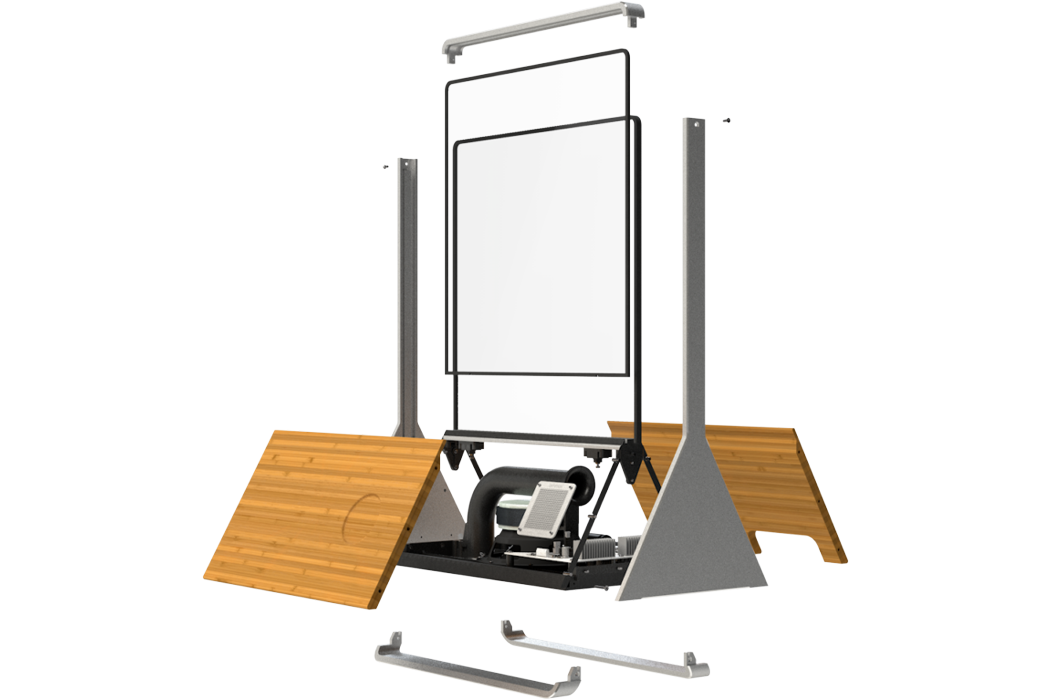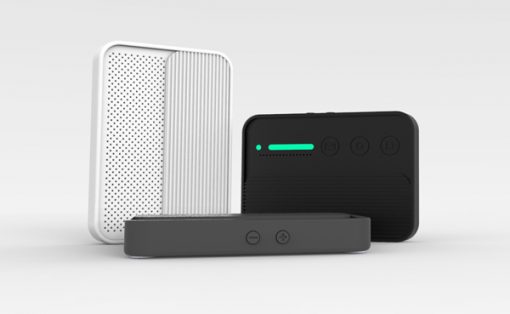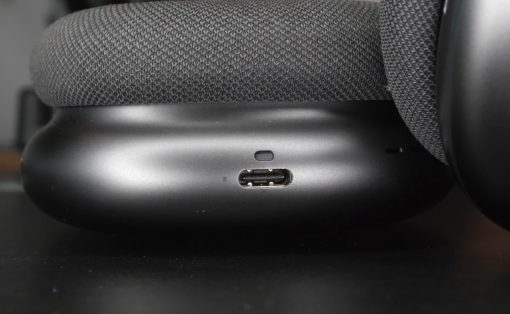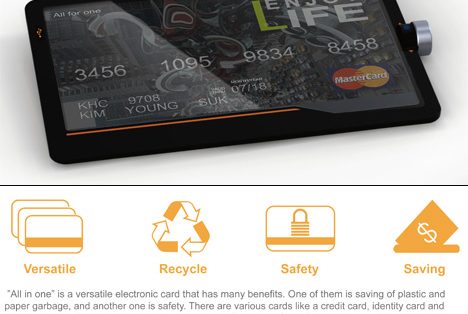
Most of us listen to music through plastic speakers and earbuds lined with silicone, which typically end up lost somewhere in landfills once it’s time for that upgrade. Music and sound surround us and fill up our homes most likely every single day, but many of us wouldn’t even be able to say what comes of our audio systems or where they end up once we kick ‘em to the curb. The creators behind Ammos, a home audio system that produces music through a sheet of glass, hope to have designed an answer. Ammos, which stands for ‘repairability,’ is built ecologically from sustainable materials such as glass, bamboo, aluminum, and ABS thermal plastics in order to promote the product’s repairability, which in turn deepens its longevity.
In order to tackle typical consumer electronics issues such as planned obsolescence to shorten product life-cycles and an old building principle of relying on rare-earth elements, the team of industrial design engineering students went through an intensive conceptualization phase, going through several phases of ideation and iterations. The final product, a fully-operational speaker that’s held together by a slender, metallic, prism-like frame. The design team, Martin Steffner, Emilio De Jonghe, Orelio De Jonghe, Dimitrios Seleridis, Rick Cazemier, and Thor Gerard, found their main inspiration with Ammos’s most defining attribute: glass. A two-millimeter sheet of soda-lime float glass hangs between the sleek, metallic frame and produces crystal clear audio using actuators. Producing mid to high range frequencies from 200 to 20.000 Hz, the actuators are placed subtly close to the edge of the glass, providing the float glass with just enough force for it to wiggle and reverberate unnoticeably. Then, careful not to forget about the bass, the low frequencies from 20 to 200 Hz are caught and produced by an enclosed subwoofer. Just beneath the glass, touch interaction and feedback is made possible on a bamboo interface that provides visual, illuminated feedback through an LED matrix below. The bright LED matrix further intensifies the character of Ammos by providing intuitive, simple feedback through a haptic interface. Encased in the belly of the product, a powerful processing unit provides the engine for Ammos, which is constructed from aluminum in order to maintain the cooling system and increase the product’s overall recyclability.
With repairability at the forefront of the team’s focus, Ammos achieved its architectural durability with deep integration of FE analysis, sustainability assessment, and cutting edge production methods. After many rounds of audio testing in the Netherlands’ only anechoic chamber, the group of design students managed to produce Ammos so that no glues are used in construction. The design team was sure to follow the Japanese design principle, poka-yoke or “mistake-proofing,” which means for them that the whole speaker can be put together with just one Allen key, an approach they like to call, “designed for disassembly.”
Designers: Martin Steffner, Emilio De Jonghe, Orelio De Jonghe, Dimitrios Seleridis, Rick Cazemier, and Thor Gerard
